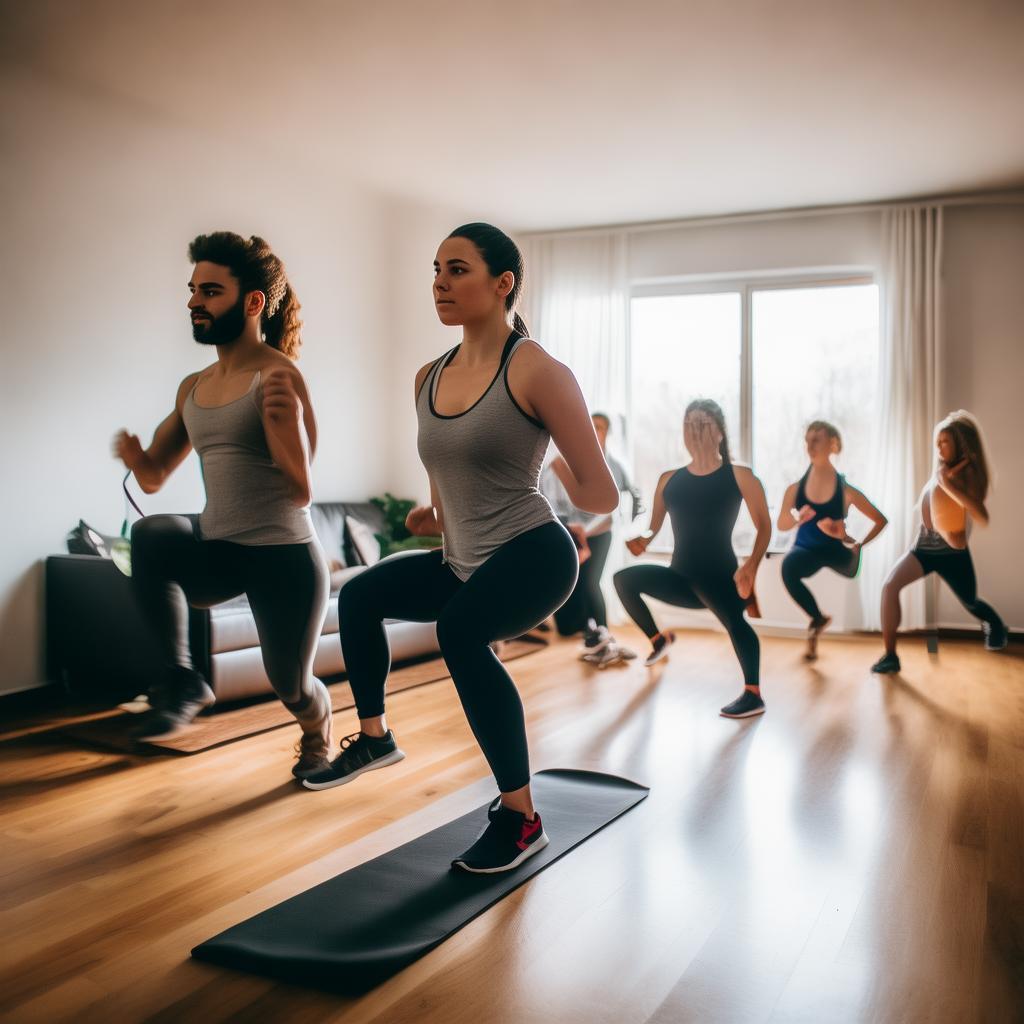Introduction
A well – defined pair of shoulders is not only a highlight of a summer body but also crucial for various upper – body movements. However, traditional shoulder training, especially overhead presses, can pose risks, such as shoulder instability and lower back problems if not done correctly. So, is it possible to train the shoulders without relying on pushing movements?
Why Skip Push – Ups in Shoulder Training?
When developing a training plan, we should consider the movements in our daily life. For most people, raising arms above the head is not a common daily action. Instead, actions like driving, typing, opening a door, etc., involve arms being in front of the body. This indicates that we need to be proficient in movements in front of us and build strength in the mid – back through rowing – like movements for better stability and balance.
Moreover, our body can move in multiple directions, and our shoulders can rotate in various ways. Training should remind the muscles of these possibilities, rather than being trapped in the sagittal – plane movements like traditional push – ups.
The Importance of Balance Training
Focusing solely on muscle aesthetics can lead to shoulder pain. When we over – train the visible muscles such as the chest, abs, and shoulders while neglecting the back muscles, it makes the shoulders more prone to injury. The shoulder capsule moves forward, the upper arm bone gets closer to the clavicle, and the space for the rotator tendons to move is limited. Thus, a shoulder workout should include training the posterior bundle of the deltoids for overall body balance.
Zero – Push – Up Shoulder Workout
This is a safe and effective way to increase shoulder size and functionality. It should be done once or at most twice a week. First, start with a warm – up: 60 seconds of open and closed jumps, 45 seconds of plank support, and 2 sets of 10 standard push – ups (not for shoulder training but for general warm – up).
-
Face Pull and Farmer’s Walk Superset
Do 4 sets of this superset. Begin with face pulls using resistance bands, 15 reps per set. Then, do the farmer’s walk with weights for 30 seconds. Rest for 30 seconds between each round. This set activates the mid – back and challenges the core, preparing the body for subsequent exercises.
-
Opposite Grip Pull – Downs
Choose a high pull – down machine with a handle so that the palms face each other. Tighten the abs and shoulder blades, and pull the handles down to the chest. Pause and then return slowly. Do 4 sets of 10 reps each. Although it is a back exercise, the rear deltoid and tendon socket muscles are also involved.
-
Kettlebell Wraps
Perform 4 sets of 8 reps each. Complete 8 reps in one direction and then 8 reps in the opposite direction, adjusting the side during each set. This exercise requires both shoulder strength and flexibility.
-
45 – Degree Planks
Instead of classic front and side planks, do this exercise. Stand with dumbbells at the sides, thumbs forward, abs and shoulder blades tucked in. Lift the dumbbells upwards and outwards with a soft elbow bend. Pause when the wrists are not parallel to the shoulders and then lower. Do 4 sets of 15 reps each.
-
Supported Side Steps
Start in a push – up position with wrists under shoulders and core tight. Keep the hips at a right angle to the floor and walk the entire body 10 steps to the right and back. Do 4 sets. Master the plank support before attempting these supported side walks.
These training moves aim to stabilise and protect the shoulders, helping you achieve healthy and strong shoulders without relying on push – up movements.





